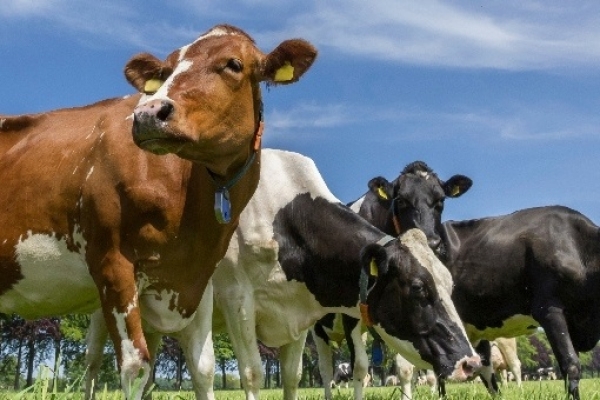
New Zealand is a major player in world dairy markets; the world relies on our milk, whole milk powder, butter and cheese.

New Zealand is a major player in world dairy markets; the world relies on our milk, whole milk powder, butter and cheese. Since 2003 with the fall of the NZ Dairy Board and the rise of Fonterra, the whole industry has undergone massive change, driving some farm receiverships, followed by intensive growth.
So why are many farmers now feeling the pinch, while the price of milk at local supermarkets rises?
It’s easy to blame the falling milk solids price on European and North American dairy subsidies and overproduction. By the end of 2015, an extra two billion litres of milk from cows across the EU flowed into already flooded markets. Is the answer therefore simply about supply and demand? Fonterra operates in a highly regulated environment. Many people don’t realise that it has a legal obligation to take all (100%) of the milk it is offered, so it cannot limit how much it buys. That milk needs to be processed or dumped, so is usually processed. At the same time, it has an obligation to assist (supply) new entrants (often who compete with Fonterra) into the market.
Chinese demand for dairy has dropped since the 2008 melamine scandal, where a Chinese company largely owned by Fonterra added the industrial chemical to their milk powder to give false results on protein tests. Six children died, while hundreds of thousands became very ill as a result.
Following the 2013 botulism scare, Russia brought severe economic sanctions against New Zealand’s dairy products that are just now being lifted. While the botulism scare was badly handled by Fonterra it needs to be noted that much of the Western world including New Zealand has placed sanctions on Russia following the Crimean /Ukrainian crisis. This means a much smaller market place internationally to sell all of the product internationally.
Laying the blame at the feet of others is easy. What happens if we turn inward and look a little deeper?
Some believe that New Zealand is being held ransom by a company that claims it’s too big to fail. As Fonterra returned profits to their supplying farmers during the dairy boom, it could be argued that they missed out on opportunities to invest in greater efficiency and profitability. Instead, the dairy farming explosion drove land prices through the roof. Greater intensification resulted in more cows than we are able to feed, and when drought hits we’re forced into buying hay from offshore. Production costs rise, as does the price of milk for regular kiwis.
Read more: Construction companies facing financial trouble
What many people probably don’t realise is that, while large and powerful, Fonterra is also vulnerable to the whims of its shareholders (the farmers). The shareholders are not always willing to allow working capital to develop markets, as those same shareholders want the working capital to be paid to them as milk powder payout or share distributions. This means some borrowings/debt which farmers are also averse to.
The low milk prices look set to continue for the next few years, meaning many farmers will have to seriously cut spending, or face selling their farms and entering liquidation or receivership. It puts extra pressure on farmers needing to comply with environmental regulations, animal welfare allegations, or needing extra feed after a dry summer and long winter.
When it comes to dairy farming, there are so many factors out of your control which makes it difficult to avoid all of the indicators of business failure. In this instance, it’s important to focus on what you can.
What should dairy farmers be doing?
Look carefully at your farming systems. Is it possible to rely more on your own grass and paddocks over importing feed? Build a good relationship with your banking rep and your accountant. Undertake a line-by-line examination of income and expenses; and ask yourself if you’re farming as efficiently as possible. Have you considered ways to diversify how you are using the land, such as investing in the development of ‘on farm’ feed sources, particularly in light of the fact that stock numbers are being reduced in order to match feeding ability with available grass/protein.
Meanwhile, Federated Farmers are expected to launch a risk management tool that will help farmers better face price fluctuations. While it may help many through the lean times, the trade-off comes during peak season.
Risk management is an important aspect of dairy farming. Whether assessing international markets or local price forecasts, a good risk management plan can help you prepare for the worst while expecting the best.
For more valuable information, download our guide Options for Companies in Financial Difficulty.
